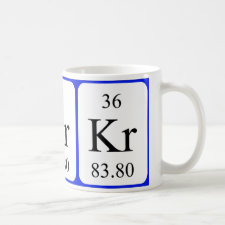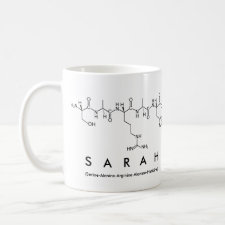
Authors: De Smet D, Dubruel P, Van Peteghem C, Schacht E, De Saeger S
Article Title: Molecularly imprinted solid-phase extraction of fumonisin B analogues in bell pepper, rice and corn flakes.
Publication date: 2009
Journal: Food Additives & Contaminants: Part A: Chemistry, Analysis, Control, Exposure & Risk Assessment
Volume: 26
Issue: (6)
Page numbers: 874-884.
DOI: 10.1080/02652030902788920
Alternative URL: http://peer.ccsd.cnrs.fr/docs/00/57/73/51/PDF/PEER_stage2_10.1080%252F02652030902788920.pdf
Abstract: A molecularly imprinted polymer (MIP) for the recognition of fumonisin B analogues (FB) using 2 2-(diethylamino) ethyl methacrylate (DEAEM) as functional monomer and trimethylolpropane trimethacrylate (TRIM) as cross-linker was prepared by bulk polymerization in acetonitrile. Fumonisin B-1 (FB1) was used as a template molecule. A molecularly imprinted solid-phase extraction (MISPE) procedure was developed for further application in the analysis of FB. The performance of the MIP throughout the clean-up of spiked bell pepper, rice and corn flake sample extracts was compared with the results obtained when using non-imprinted polymer, C-18, strong anion exchange and immunoaffinity sorbents. Extracts were analysed for FB with liquid chromatography-tandem mass spectrometry (LG-MS/MS) after clean-up. Depending on the food matrix and the concentration range of the fumonisin, recoveries after MISPE varied from 62 to 86%, from 62 to 83%, and from 67 to 81% for fumonisin B-1 (FB1), fumonisin B-1 (FB1) and fumonisin B-3 (FB3) respectively. The selectivity of the synthesized MIP for mycotoxins belonging to the group of FB was confirmed by evaluating cross-reactivity from analogue structures and other mycotoxins. Analysis of 39 naturally contaminated samples (corn flakes) by liquid chromatography tandem mass spectrometry indicated that the synthesized MIP could be in excellent alternative for clean-up and pre-concentration of FB in food samples. Pearson correlations between immunoaffinity clean-up and MISPE were calculated and amounted to 0.923 for FB1, 0.808 for FB2, and 0.759 for FB3. It was shown that the developed MIP could be reused more than 50 times. The synthesis of an FB1 imprinted polymer and its application in food analysis is reported for the first time
Template and target information: fumonisin B
Author keywords: molecularly imprinted polymer, fumonisin B, Solid-phase extraction, mycotoxins, molecular recognition, food



Join the Society for Molecular Imprinting

New items RSS feed
Sign-up for e-mail updates:
Choose between receiving an occasional newsletter or more frequent e-mail alerts.
Click here to go to the sign-up page.
Is your name elemental or peptidic? Enter your name and find out by clicking either of the buttons below!
Other products you may like:
 MIPdatabase
MIPdatabase









